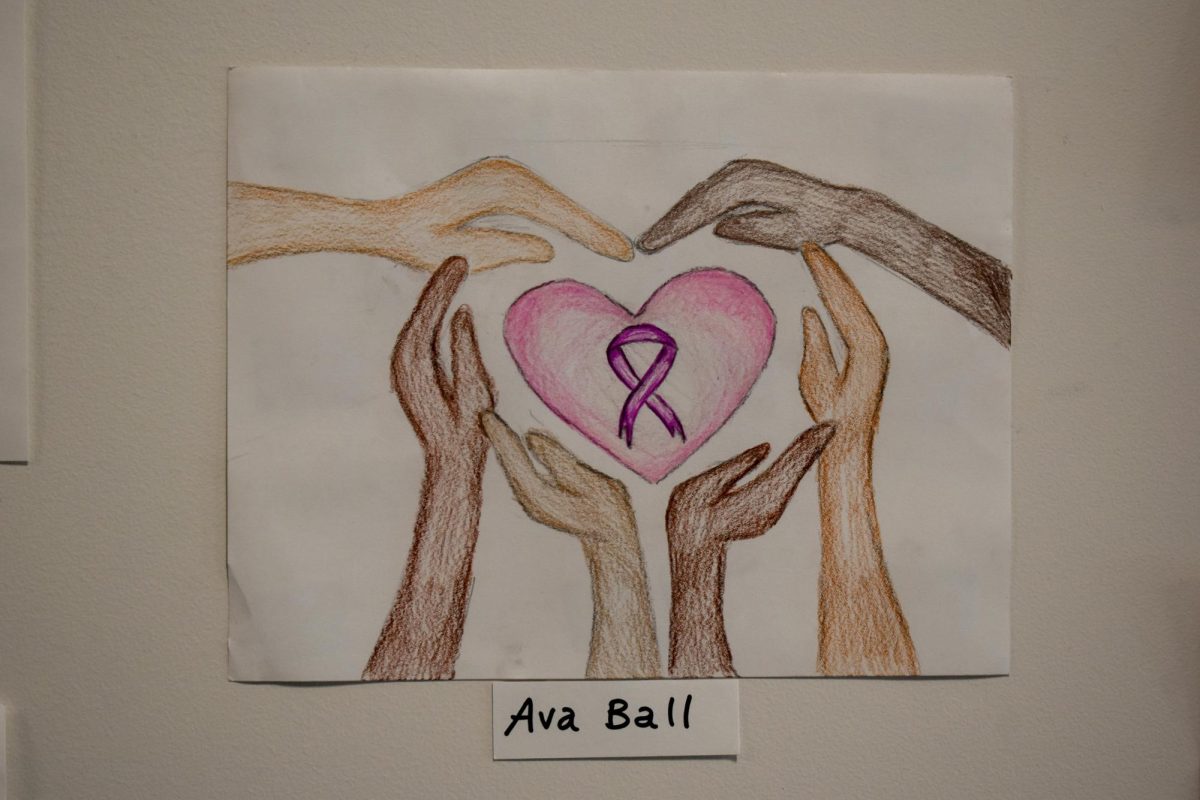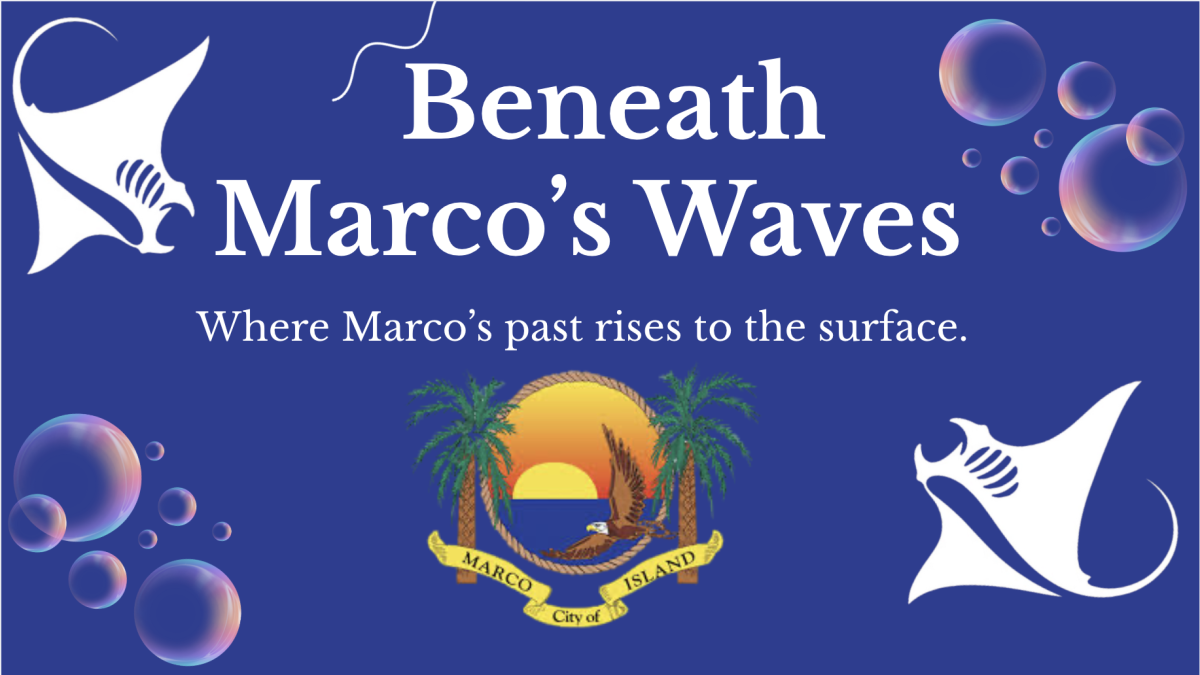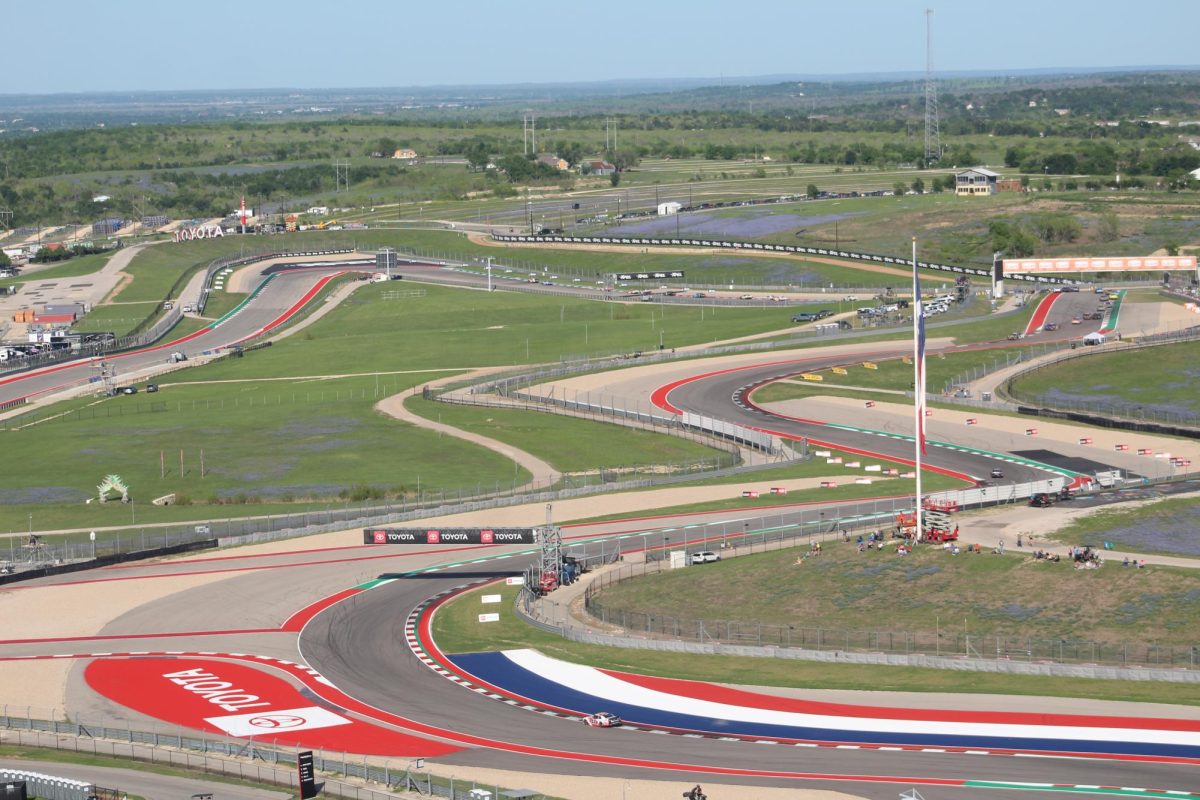Two and a half years is a long trip, especially for a rock. But on September 24th, samples from the asteroid Ryugu were dropped off in the Utah desert. Atmospheric re-entry was at 10:42 ET and at a speed of 27,650 miles per hour and capsule touchdown was at 10:55 ET at a speed of 11 miles per hour thanks to parachutes slowing down the touchdown process.
This space mission will be NASA’s first mission to ever return an asteroid sample from orbit. The asteroid in question, Bennu, is a near-Earth asteroid that is approximately ⅓ of a mile wide. A total of 8.8 ounces of asteroid matter were collected from the surface in 2020.
The mission is special as it will allow scientists, the most famous of which being Dr Brian May (Queen lead guitarist), to study the soil and rocks to better map out the geological structures of asteroids. Researching this allows scientists to get a better understanding of how the asteroid belts, the solar system, and even the universe formed.
“This box… can tell us untold secrets of the origins of the universe, the origins of our planet, and the origins of life itself.” -Dr. Brian May
A unique part of the mission is that the spacecraft, named OSIRIS-REx, won’t actually be landing. The craft is designed to ‘drop off’ the sample in the dusty desert below and return to space to move onto a new asteroid to research. After its initial launch in 2016, OSIRIS-REx is finally living up to its potential in expanding the overall knowledge of space geology.
After touchdown, the sample will be sent to the Johnson Space Center, which is most well known for studying the lunar matter harvested during the Apollo missions. Despite the small sample size, only 30% of the sample will be studied. The remaining 70% will be preserved for future generations after technology has developed more.
Scientists have hope that this asteroid will reveal more to us about the arrival of life on Earth as well. They are hopeful that the OSIRIS-REx mission will be the starting point for a new line of research regarding asteroid samples. These are the closest materials we have to written space history. With missions like these, the dusty secrets shrouded in asteroid matter can be unlocked to better understand the path of our world.















